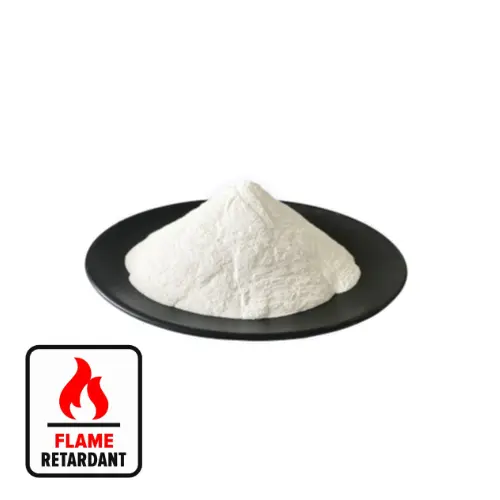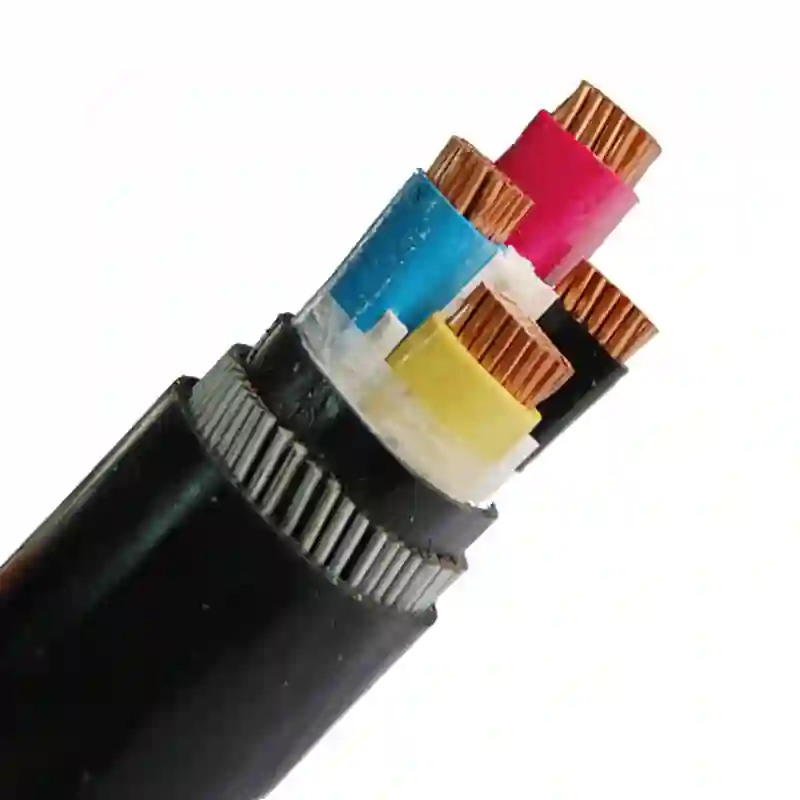Research on the surface modification of magnesium hydroxide flame retardant
1, Introduction to magnesium hydroxide flame retardant
High flame retardant efficiency: Thermal decomposition absorbs a large amount of heat, releases the oxygen of water vapor to dilute the combustion area, and inhibit the combustion response.
2, the problem of the existence of magnesium hydroxide flame retardant
There are also some problems with magnesium hydroxide flame retardant, mainly including:
Poor compatibility with polymer materials: The surface of magnesium hydroxide is positive with a positive charge, has strong hydrophilicity, is difficult to mix with hydrophobic polymer materials, is easy to gather, resulting in poor decentralization and affecting the mechanical properties of the material.
Poor processing performance: Magnesium hydroxide particles are large in size. After adding polymer materials, it will reduce the liquidity and processing performance of the material.
Low flame retardant efficiency: Unconfigured magnesium hydroxide flame -retardant efficiency is low. It is necessary to add a large amount to achieve the ideal flame retardant effect, which will increase the cost and weight of the material.
3, Research on surface modification of magnesium hydroxide flame retardant
In order to overcome the above problems of the existence of magnesium hydroxide flame retardants, domestic and foreign scholars have conducted a large number of surface modification research on them. The main modification methods include:
Puppet coupling modification: The coupling agent has a bisexual structure. One end is combined with the surface of magnesium hydroxide, and the other end is combined with polymer materials. Processing performance. Commonly used puppets include sircitne, titanate, and phospholicate.
Surface active agent modification: Surface active agent can change the hydrocephalus on the surface of magnesium hydroxide, making it easier to scattered in polymer materials to improve the liquidity and processing performance of the material. Commonly used surfactants include anion surfactants, cationic surfactants, and non -ion surfactants.
Microcapped modification: Microcapsule technology can be wrapped in magnesium hydroxide in the polymer shell layer to form a microcapsule, which can improve the decentralization and stability of magnesium hydroxide, and reduce its impact on the mechanical properties of polymer materials.
Propagation of branches: Propagation is a polymer chain on the surface of magnesium hydroxide surface, which can improve the compatibility of magnesium hydroxide and polymer materials, and improve the mechanical properties and flame retardant performance of materials.
4, the research progress of surface modification of magnesium hydroxide flame retardant
In recent years, the research on surface modification of magnesium hydroxide flame retardant has made great progress, and some new modified methods and modifiers have been developed, which effectively improves the performance of magnesium hydroxide flame retardants. For example:
The University of Science and Technology of China has developed a new type of Silicane Puppet, which is used to modify magnesium hydroxide. The compatibility of the modified magnesium hydroxide and polypropylene is significantly improved, and the flame retardant efficiency has also been improved.
Nanjing University of Technology has developed a water -based polyurethane surfactant, which is used to modify magnesium hydroxide. The dispersion of magnesium hydroxide after modified magnesium hydroxide is significantly improved in the water -based system, which can be used in the field of water -based coatings.
Beijing University of Chemical Technology uses microcapsule technology to wrap magnesium hydroxide in the polystyrene shell. The dispersability of modified magnesium hydroxide in polyethylene is significantly improved, and the flame retardant effect has also been improved.
5, Research Outlook of Surface Modification of Magnesium Hydroxide Flame Readrier
Research on the surface modification of magnesium hydroxide flame retardant still has some challenges, and further research and exploration need to be studied:
Develop more efficient, low -cost modification methods and modifiers.
Study the application performance of modified magnesium hydroxide in different polymer materials.
Study the effects of modified magnesium hydroxide on other performance on polymer materials.


